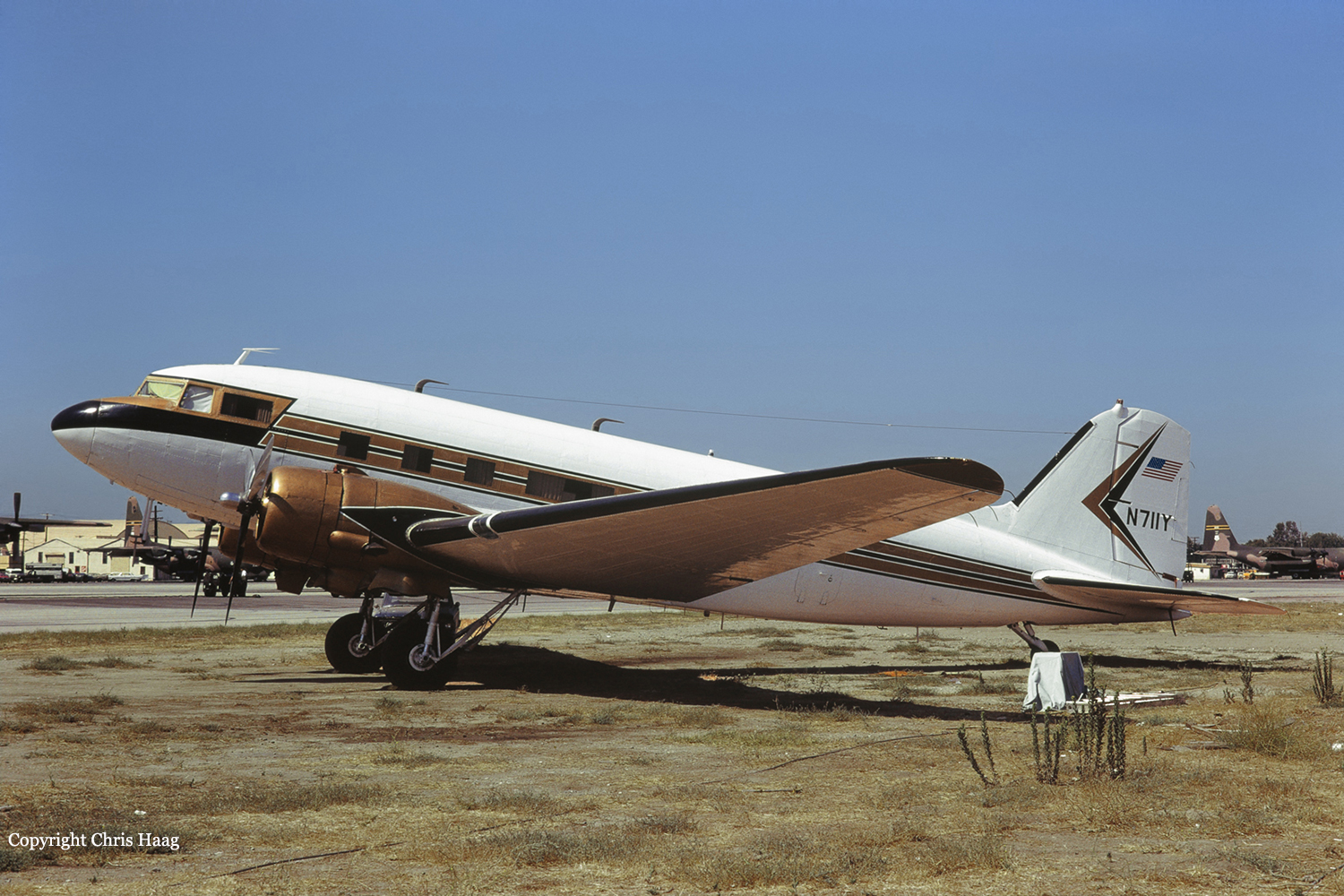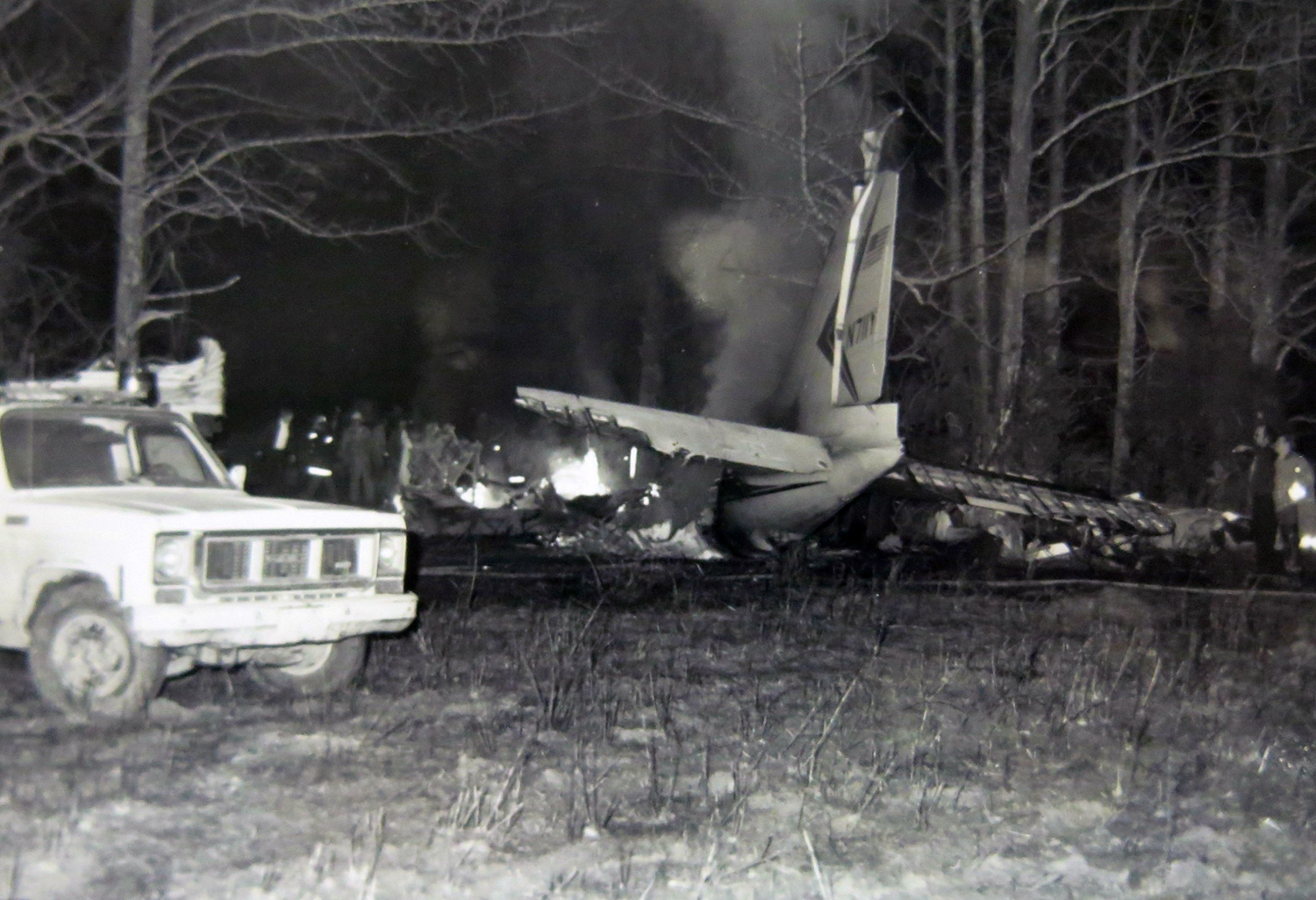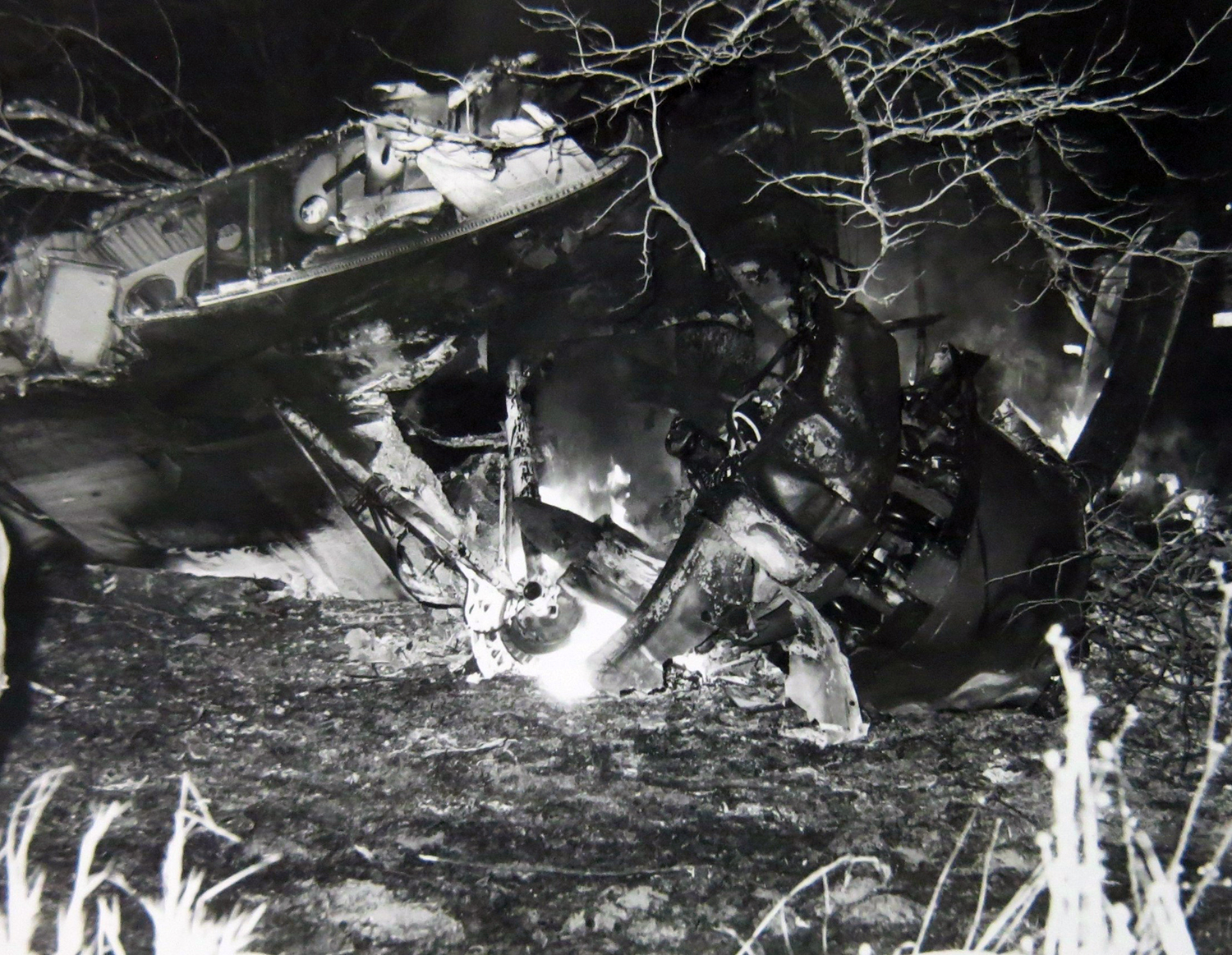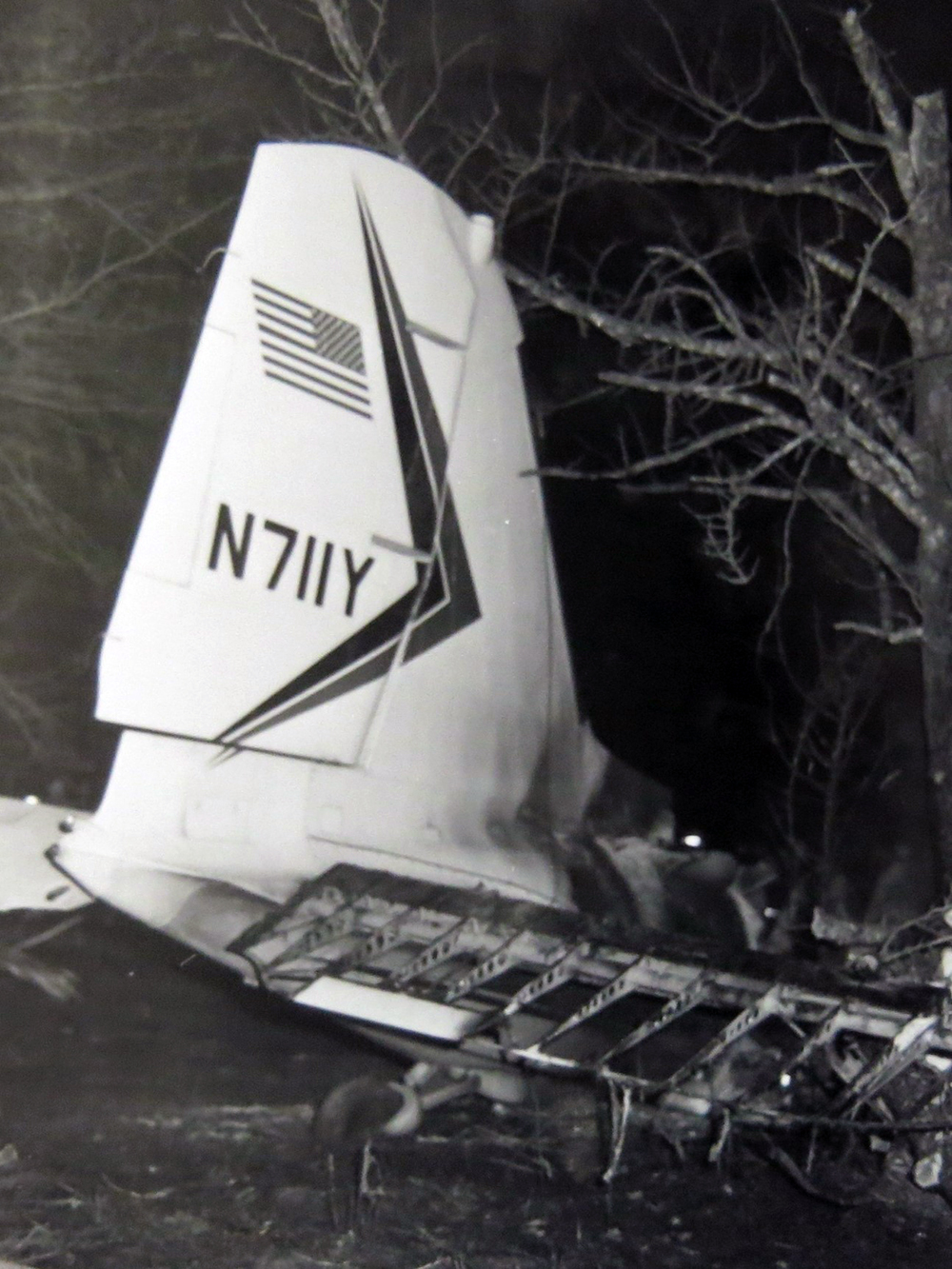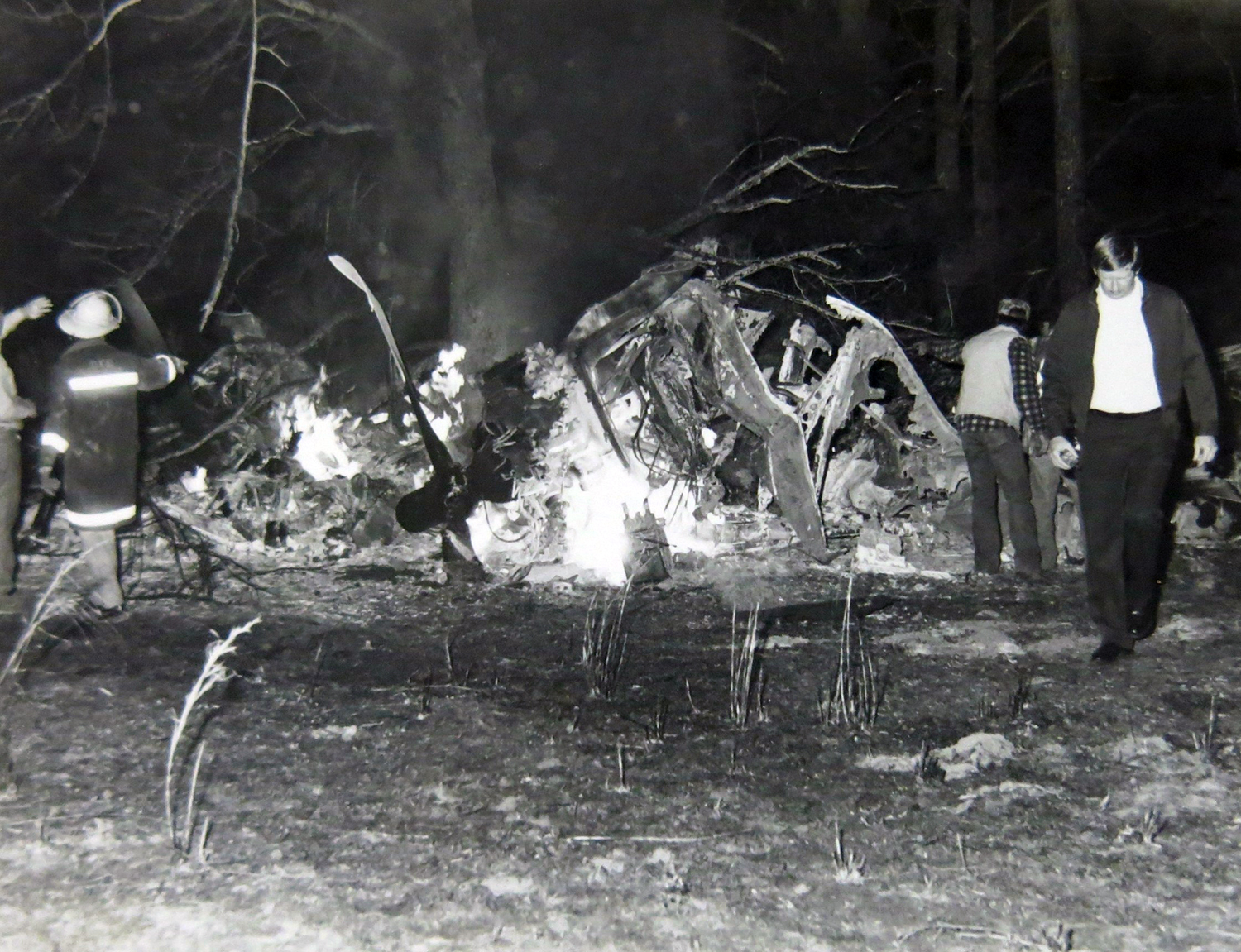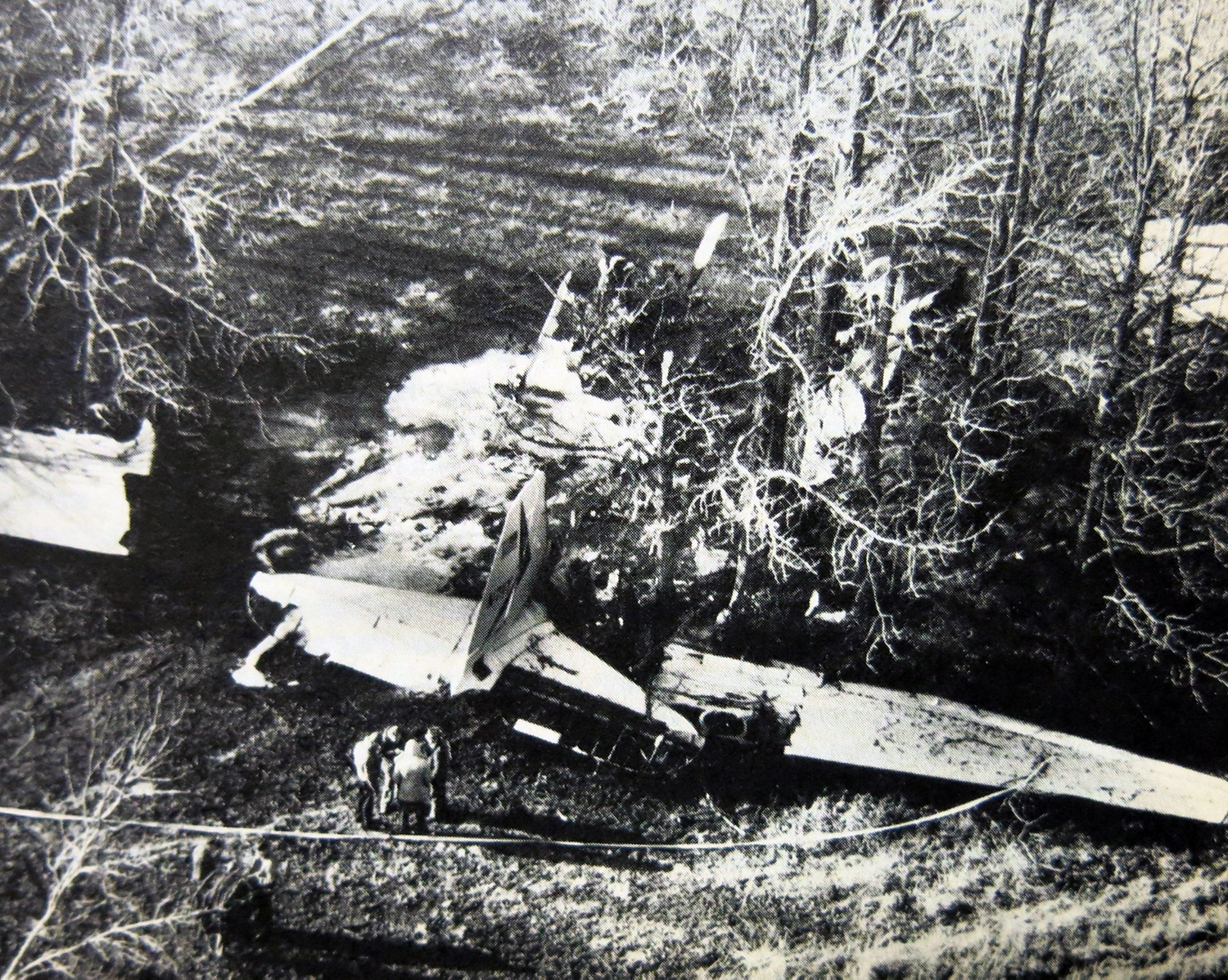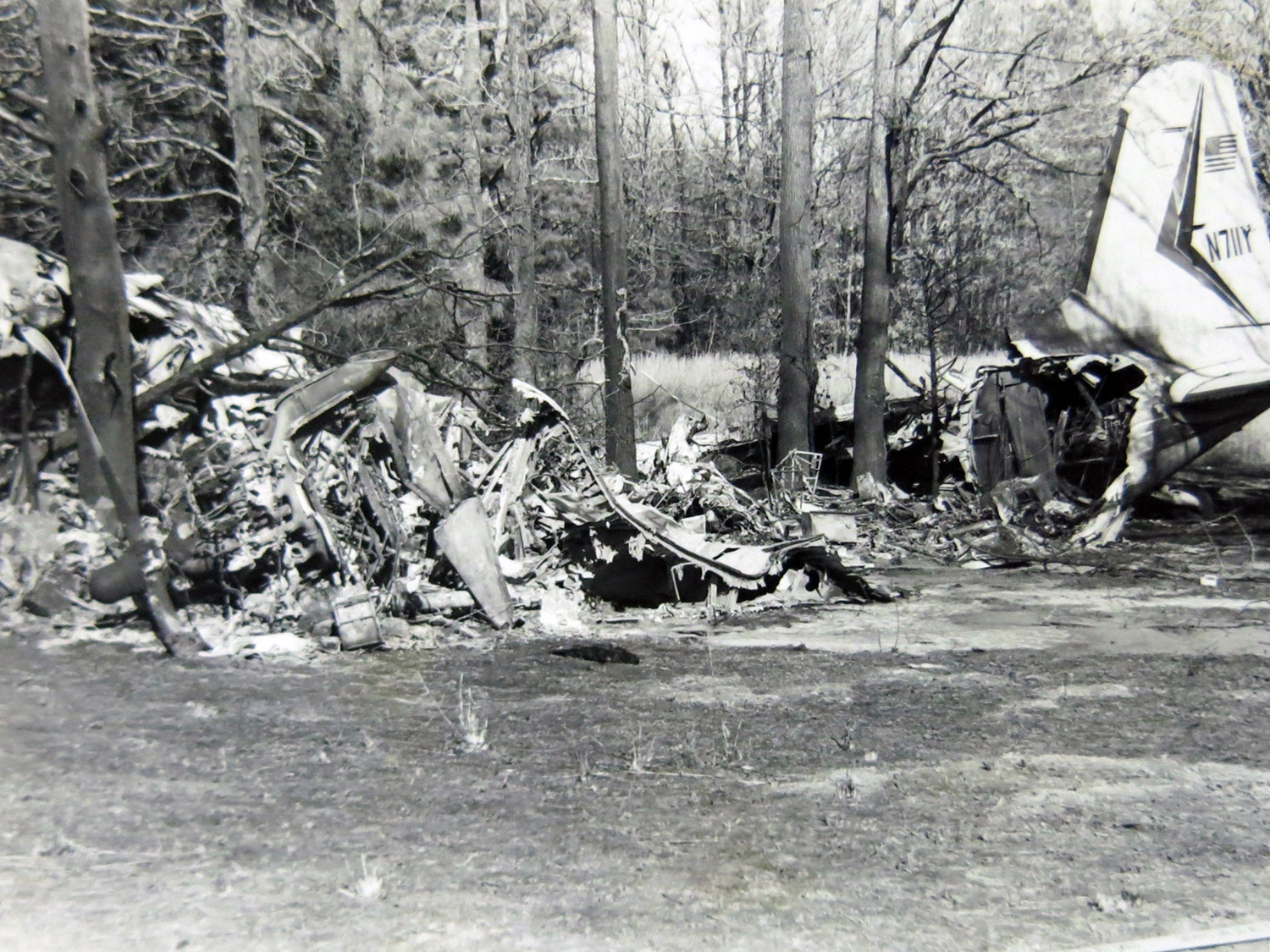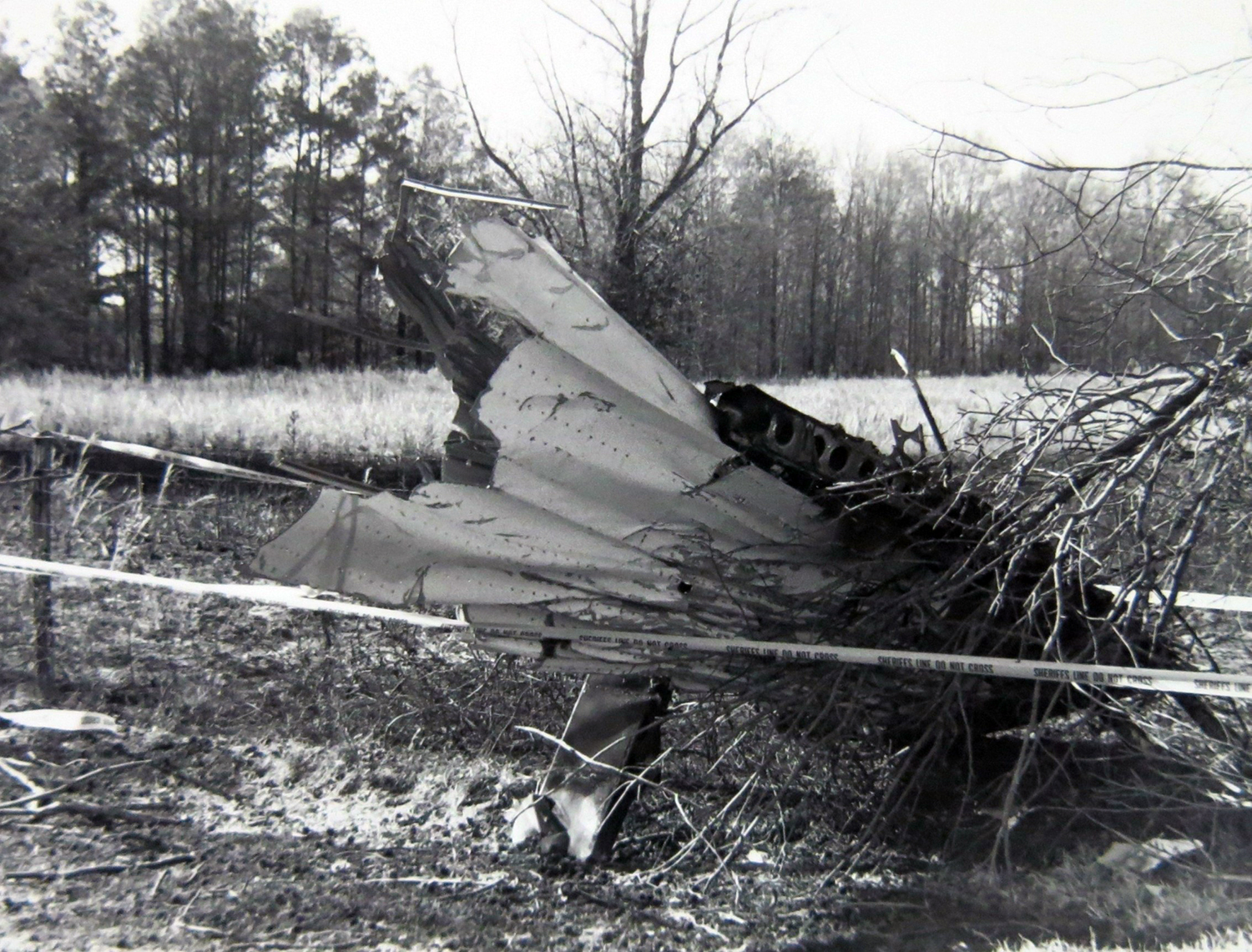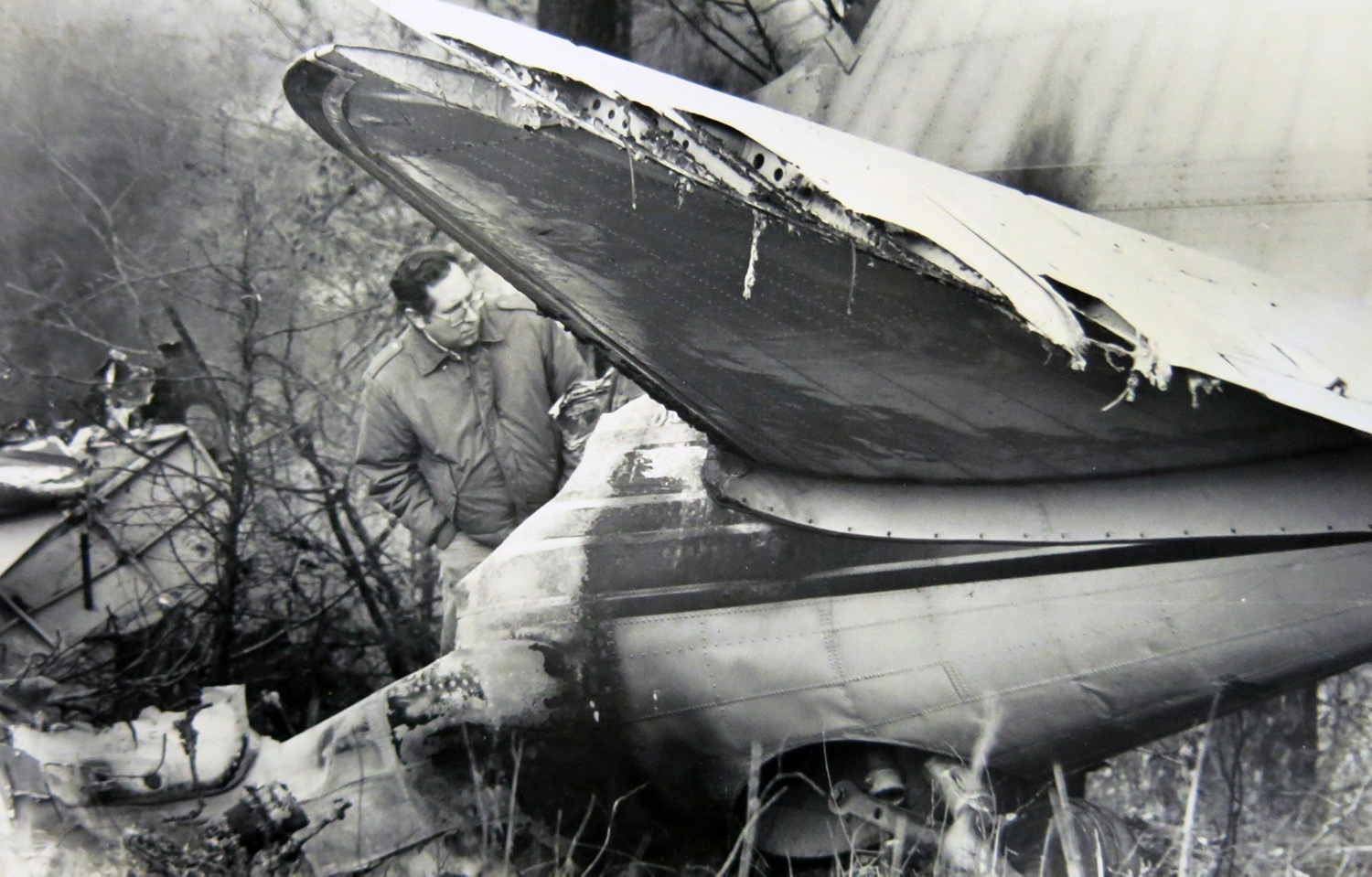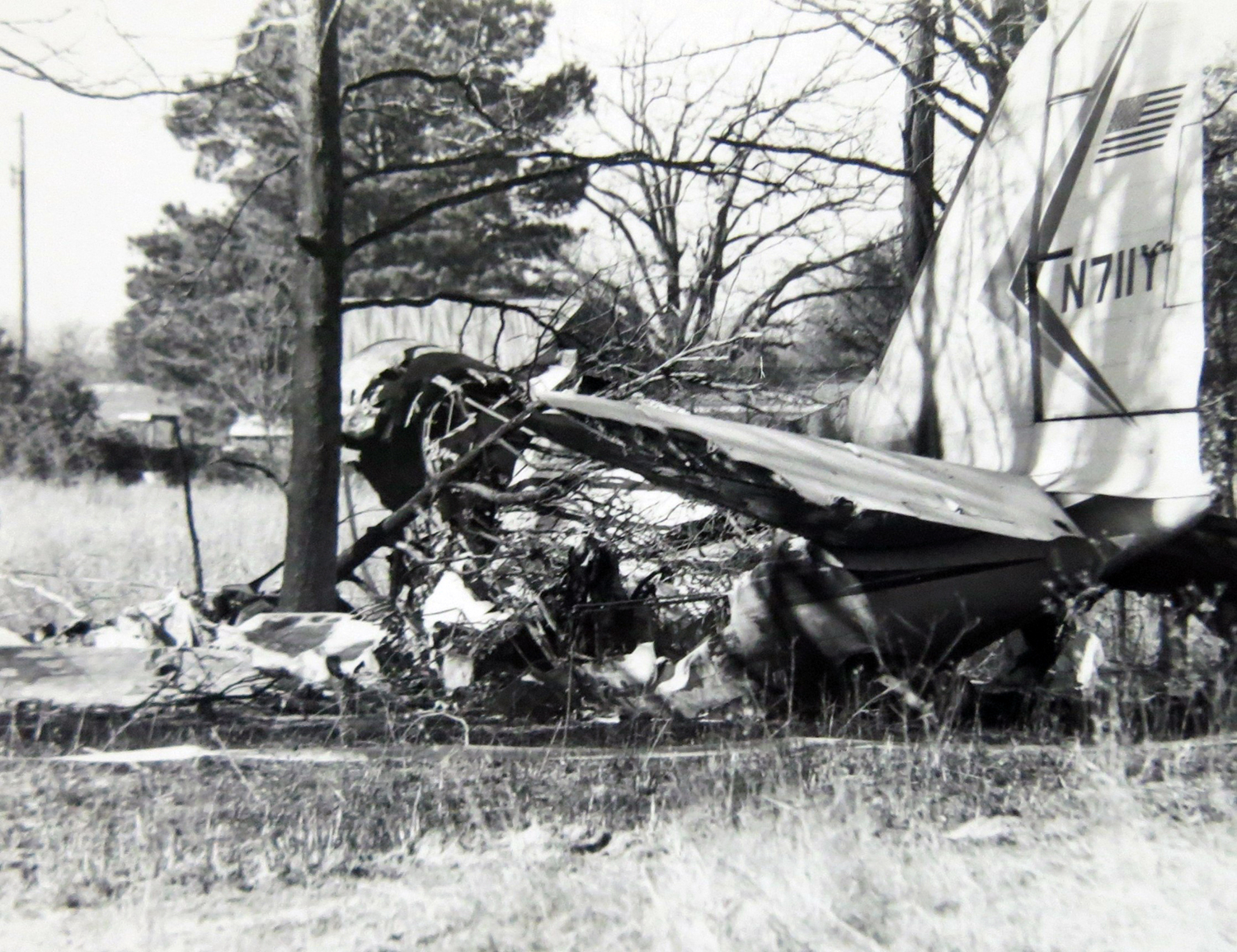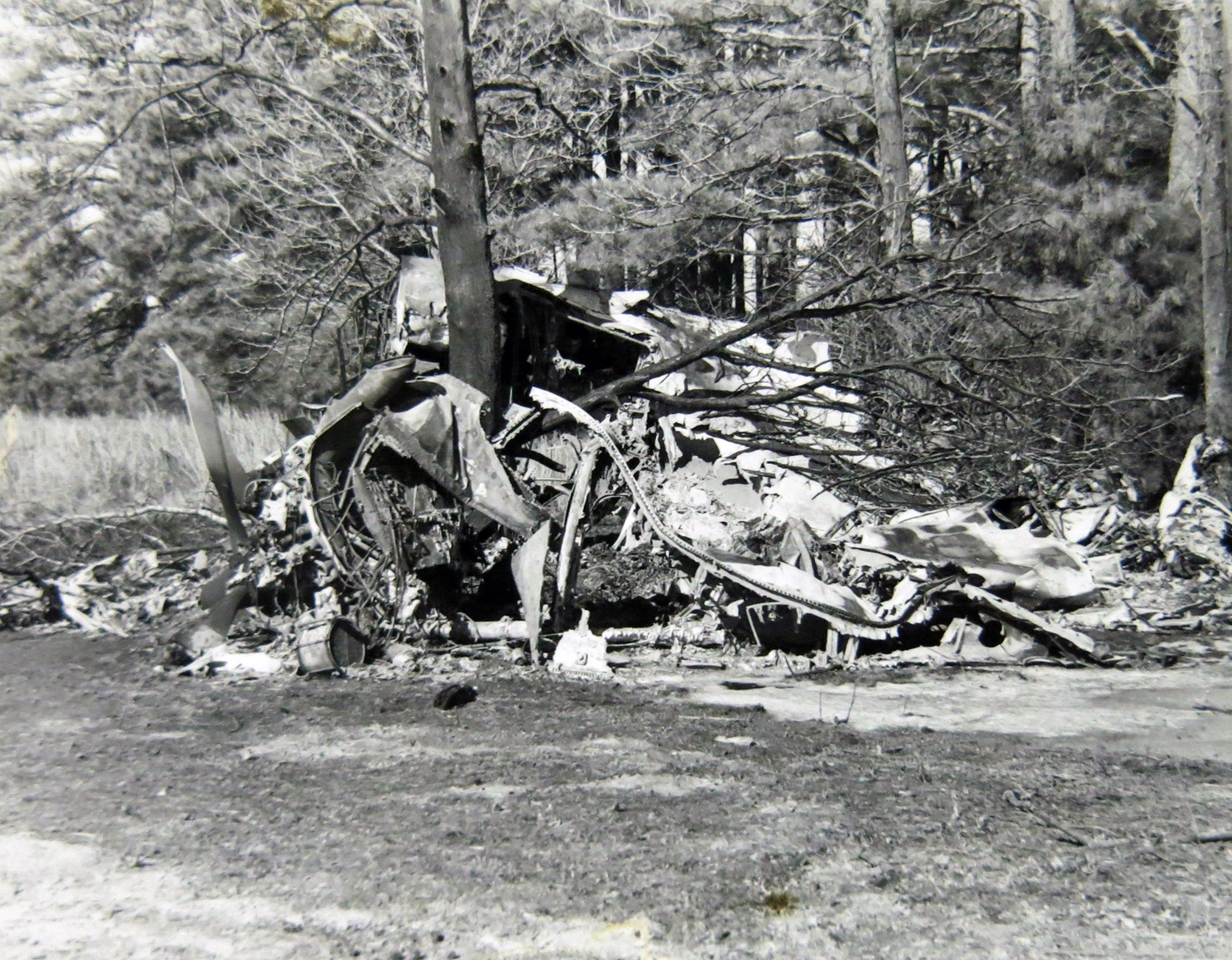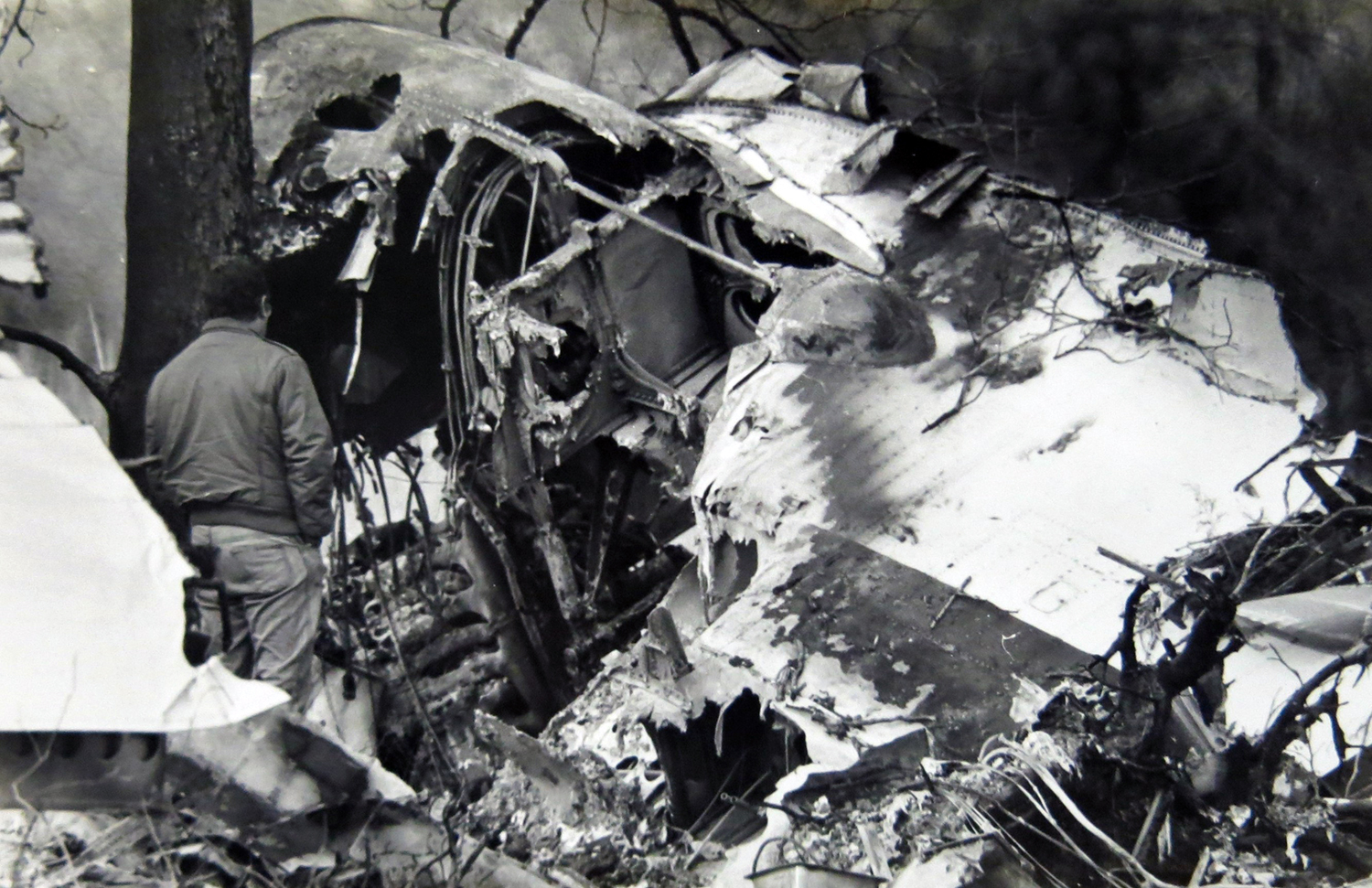Crash of a Piper PA-61P Aerostar (Ted Smith 601) in Cuernavaca: 2 killed
Date & Time:
Jan 4, 1995
Registration:
N720EM
Survivors:
No
Schedule:
Cuernavaca - Dallas
MSN:
61-0834-8163441
YOM:
1981
Crew on board:
1
Crew fatalities:
Pax on board:
1
Pax fatalities:
Other fatalities:
Total fatalities:
2
Circumstances:
Shortly after takeoff, one of the engine failed. The pilot elected to make an emergency landing when the aircraft crashed near the runway end. Both occupants were killed, among them Eduardo Mata, Mexican conductor and composer. He was accompanied by Marina Anaya and was en route to Dallas, TX.
Probable cause:
Engine failure on takeoff for unknown reasons.

